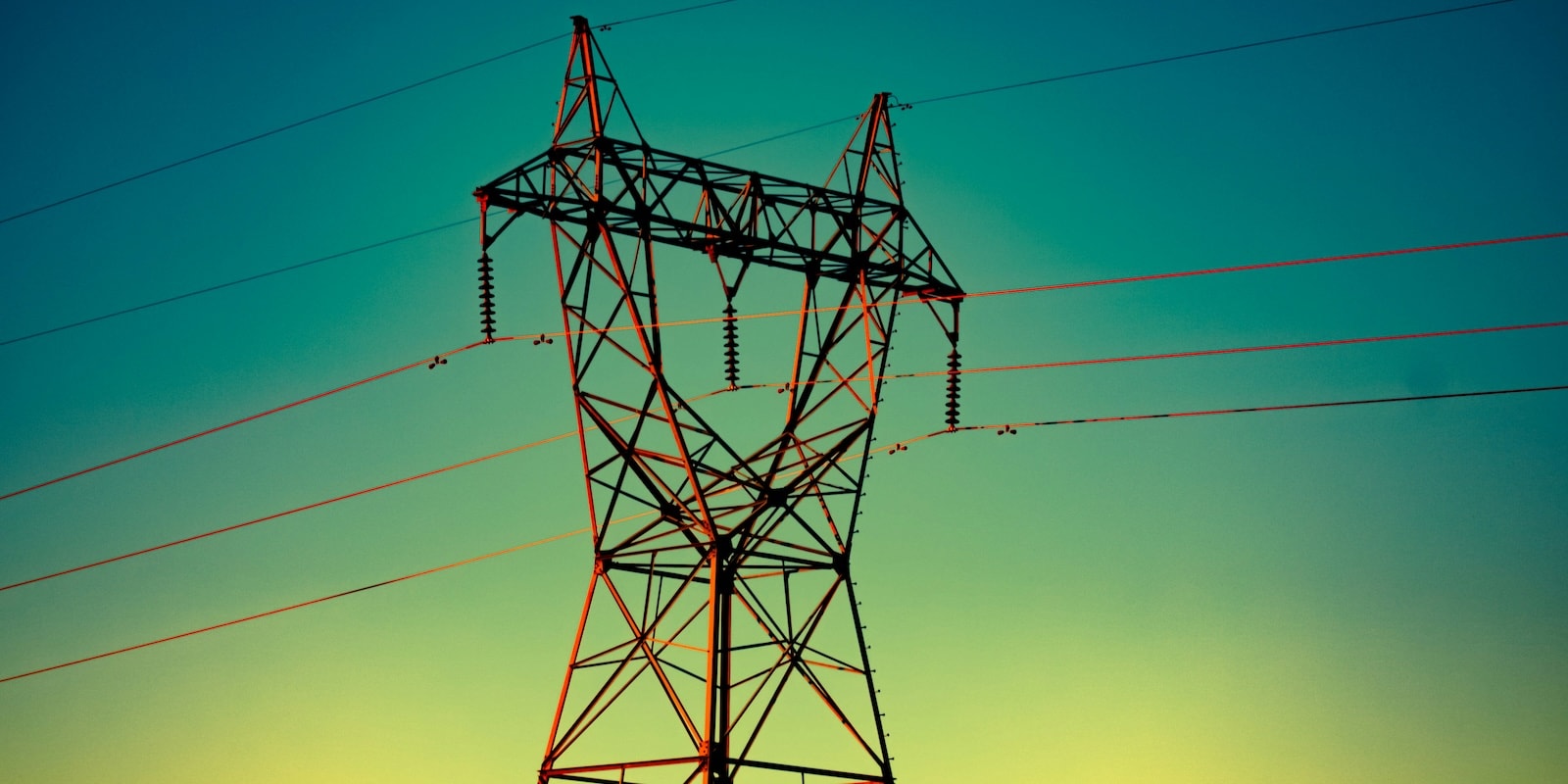Thursday, August 28, 2025
Energy is the driving force behind our society. From the moment we wake up until we go to bed, we rely on it to light our homes, move from place to place, communicate, and keep the complex machinery around us running. But have you ever stopped to wonder where all that energy comes from? The answer lies in primary energy sources: the natural resources the Earth provides that, once transformed, become the lifeblood of our daily lives.
In a global context, where sustainability and the energy transition are urgent priorities, understanding where our energy comes from is essential for making informed choices and building a more sustainable future.
What are primary energy sources?
Primary energy sources are energy resources found in nature, generated directly by the planet itself without undergoing any transformation process. They are the starting point of the entire energy supply chain. These primary sources are then used to produce secondary energies such as electricity, which is the form most commonly used in households and businesses.
Types of primary energy
Based on their ability to regenerate naturally, primary energy sources are generally classified into two main groups: renewable and non-renewable.
Non-renewable primary energy sources
These exist in limited quantities in nature and take millions of years to form, meaning they are consumed much faster than they can be replenished.
Fossil fuels
Fossil fuels are formed from decomposed organic matter and come in several forms: coal is one of the oldest and most abundant fossil fuels, whose use in electricity generation in Spain has dropped sharply, representing just 1.9% in 2023. Oil is still the primary source of energy for transportation and the petrochemical industry. Natural gas is widely used for electricity generation as well as for domestic and industrial needs.
Nuclear energy
Produced through the fission of uranium atoms, nuclear power is classified as a non-renewable energy source because uranium is finite and its use generates radioactive waste. In 2023, nuclear energy provided 20.3% of Spain’s electricity.
Renewable primary energy sources
Renewable energy sources regenerate naturally at a rate equal to or faster than their consumption.
Solar energy
Solar radiation can be converted into electricity or heat. In sunny Spain, solar energy is well established, accounting for 14% of total electricity generation in 2023.
Wind energy
Did you know that Spain is among the world leaders in wind power In 2023, it was country’s top source of electricity generation at 23.5%. The windmills Don Quixote once mistook for giants have indeed become central players in the green transition.
Hydropower
Generated from moving water, usually from dammed rivers or waterfalls, hydropower is one of the oldest and most established renewable sources, with a long history of large-scale electricity generation. Its ability to be stored in reservoirs makes it a highly flexible and responsive to demand, and a reliable backup for intermittent renewables.
Biomass
Energy obtained from organic matter Produced from organic matter such as agricultural, forestry, or urban waste, as well as dedicated energy crops. Its use helps manage waste and close nutrient cycles, although its sustainability depends on responsible forest and agricultural land management. Thanks to agricultural, forest, and urban waste, it is possible to produce biofuels that help reduce lifecycle emissions by up to 90% compared to fossil fuels.
Geothermal energy
It takes advantage of the heat of the Earth's interior in the form of steam or hot water. It can be applied directly for heating and cooling in buildings or to generate electricity in geothermal plants, particularly in volcanic or geologically active areas.
Tidal and wave energy
Two forms of ocean energy that harness the power of the sea. Tidal energy harnesses the energy of tides; that is, the rise and fall of sea levels, while wave energy captures the kinetic and potential energy of waves. Both technologies are still in varying stages of development, with promising pilot projects and some operational facilities, especially in coastal areas with large tidal ranges or strong waves.
Pros and cons of primary energy sources
Each type of primary energy has unique advantages and drawbacks that must be weighed when planning an energy strategy.
Advantages
The main advantages of primary energy sources, especially renewables, are their availability, as sources like the sun or wind are practically inexhaustible. They contribute to energy independence. They offer notable environmental sustainability by not emitting greenhouse gases during their operation. And they act as an important driving force for job creation and technological development in the sector.
Drawbacks
Among the drawbacks of primary energy sources is the environmental impact of fossil fuels, which release large amounts of CO2; the limitation of finite resources from non-renewable sources, which are depleted in the long term; the intermittency of some renewables such as solar and wind, which depend on weather conditions and require storage systems or backup systems. Regarding costs, although the initial investment costs in infrastructure are high, their operating costs are usually lower.
What does tomorrow hold for primary energies?
The future of primary energy in Spain and globally points clearly toward decarbonization and electrification. The European Union’s Green Deal sets ambitious goals for cutting emissions and expanding renewables. Spain aims to achieve climate neutrality before 2050.
This shift will require progressively replacing fossil fuels with renewable sources, advancing energy storage technologies, improving energy efficiency, and digitizing the power grid. Research into new sources like green hydrogen will also play a key role, especially in decarbonizing for hard-to-electrify sectors such as aviation, maritime transport, heavy road freight, and certain industrial processes.
¿Te ha parecido interesante?





